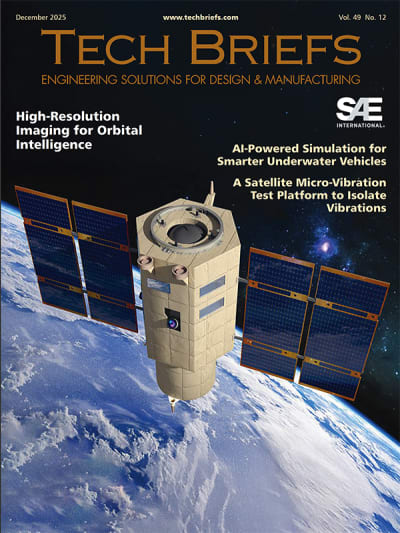Envisioning the Next Generation of Semiconducting Materials
Lina Quan’s Virginia Tech research group is envisioning the optical and electronic properties of emerging semiconductors for low-cost, transformative electronics and renewable energy applications. “If we can make and develop new semiconducting materials that can be made in low cost and low energy consumption, the benefit is more significant.” Watch this video to learn more.
Transcript
00:00:01 Our lab is envisioning the next generation of semiconducting materials. Semiconductors are materials that have unique electronic and optical properties that make them essential components in modern electronics. They play an important role in many other applications, for example we can convert solar energy into electricity, and we can use semiconductors
00:00:27 for display electronics. When it comes to traditional semiconducting solar panels made with silicone, it often leads to high cost and high energy consumption. If we can make and develop new semiconducting materials that can be made in low cost and low energy consumption, the benefit is more significant.
00:00:53 I feel like it's important to keep this going because you need to have higher-quality solar panels in the future. There's a lot of potential to get more energy out of these solar cells by using perovskite crystals. Silicon-based solar cells, they do a really good job, but we still need to have diverse ways of how
00:01:12 we're collecting energy from the sun, using silicon and perovskite, there's just a lot of potential there. I'm concerned about the energy problem we have. We use petroleum, we use gas as energy sources but it's not infinite. So we have to find some energy. So semiconductors are very important materials,
00:01:35 so we convert the energy from the sun. In order to better understand the materials properties, my group investigates their unique properties utilizing a number of state of the art spectroscopy techniques. I'm really excited to see if these materials can be commercialized in the future. For example, we can replace
00:01:59 the current silicon solar panels with halide perovskite materials. And we can replace those materials with a high energy conversion efficiency, but with very low cost and low energy consumption. We can really revolutionize the future of semiconducting technology.

